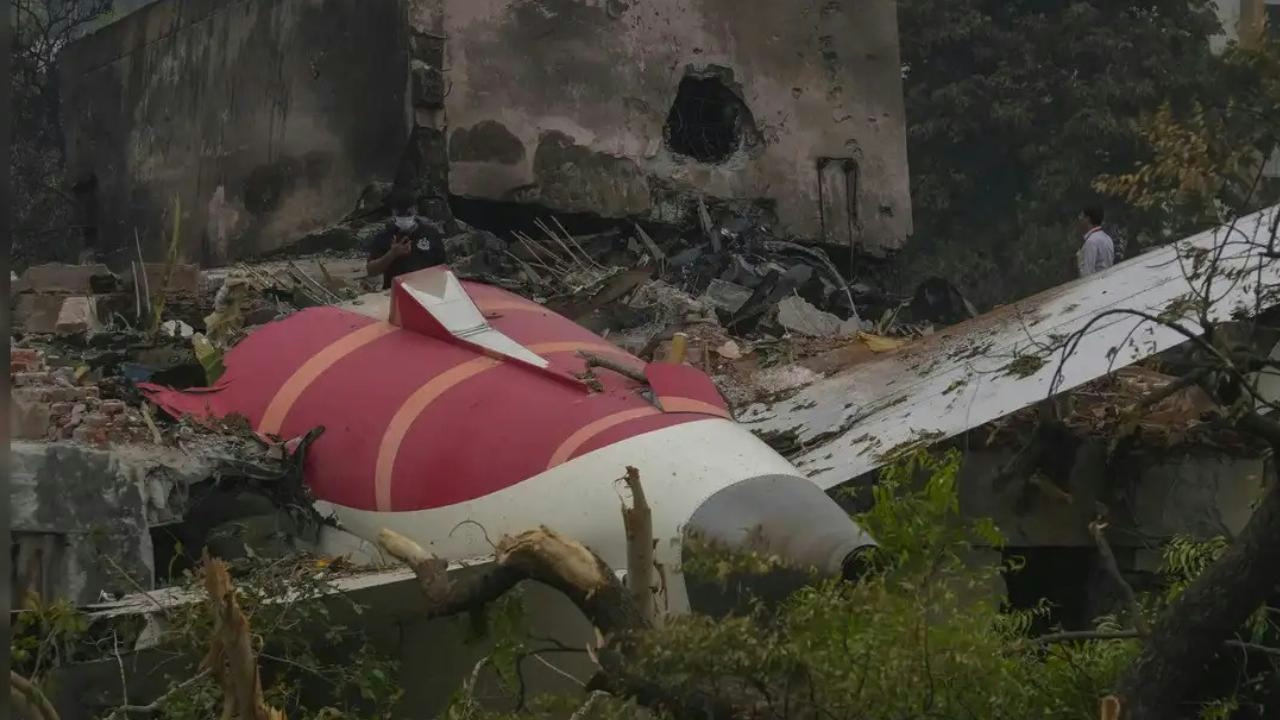
بريد إلكتروني أذكى، وأعمال أسرع. وسم وتحليل والرد تلقائيًا على طلبات العروض، وعروض الأسعار، والطلبات، والمزيد — فورًا.
الرائج الآن
Preliminary Report Highlights Fuel Switches and AI 171 Crash

Preliminary Report Highlights Fuel Switches and AI 171 Crash
The Aircraft Accident Investigation Bureau (AAIB) has released a preliminary report detailing the circumstances surrounding the June 12 crash of Air India flight AI 171. The report provides an in-depth account of the events leading up to the tragedy, raising critical questions about the factors that contributed to the disaster, which stands as the deadliest aviation accident involving an Indian airline in four decades.
Sequence of Events and Technical Findings
The Boeing 787-8 departed normally, with co-pilot Clive Kundar at the controls and commander Sumeet Sabharwal acting as pilot monitoring. Both pilots were well-rested and had passed mandatory breathalyser tests prior to takeoff. The aircraft had undergone all required maintenance checks, with no irregularities reported before departure. The flight proceeded uneventfully until the aircraft reached approximately 400 feet in altitude.
At this crucial moment, the report reveals that both engine fuel control switches moved from the ‘RUN’ to the ‘CUTOFF’ position within seconds of each other, causing an immediate loss of power to both engines. This sudden fuel cutoff precipitated the crash. The cockpit voice recorder captured a brief exchange in which one pilot questioned the other about the fuel being cut, while the other denied any action. The report does not identify which pilot made these statements. Intriguingly, the switches were found in the ‘RUN’ position in the wreckage, deepening the mystery surrounding their movement during flight.
Safety Mechanisms and Operational Context
Fuel control switches on the Boeing 787-8 are engineered to prevent accidental activation. Each switch is secured by side brackets and a stop lock mechanism, requiring a deliberate upward lift before toggling between ‘RUN’ and ‘CUTOFF’. These controls are typically manipulated only on the ground, either to start the engines before departure or to shut them down after arrival. In-flight movement of these switches is highly unusual and generally reserved for severe emergencies.
The report does not yet clarify whether the switches were intentionally moved by one of the pilots or if another factor was responsible. The timing and sequence of events suggest the possibility of pilot confusion or miscommunication within the cockpit, but no definitive conclusions have been drawn.
Industry and Operational Implications
The incident has prompted intense scrutiny of Air India’s safety protocols and operational procedures. Market observers have noted potential repercussions for passenger confidence, while competitors may seek to underscore their own safety records and training standards in response. The investigation remains ongoing, with further details expected to emerge as authorities continue their work.
Readers are advised to consult official sources and the full AAIB report for the most comprehensive and current information on this developing story.
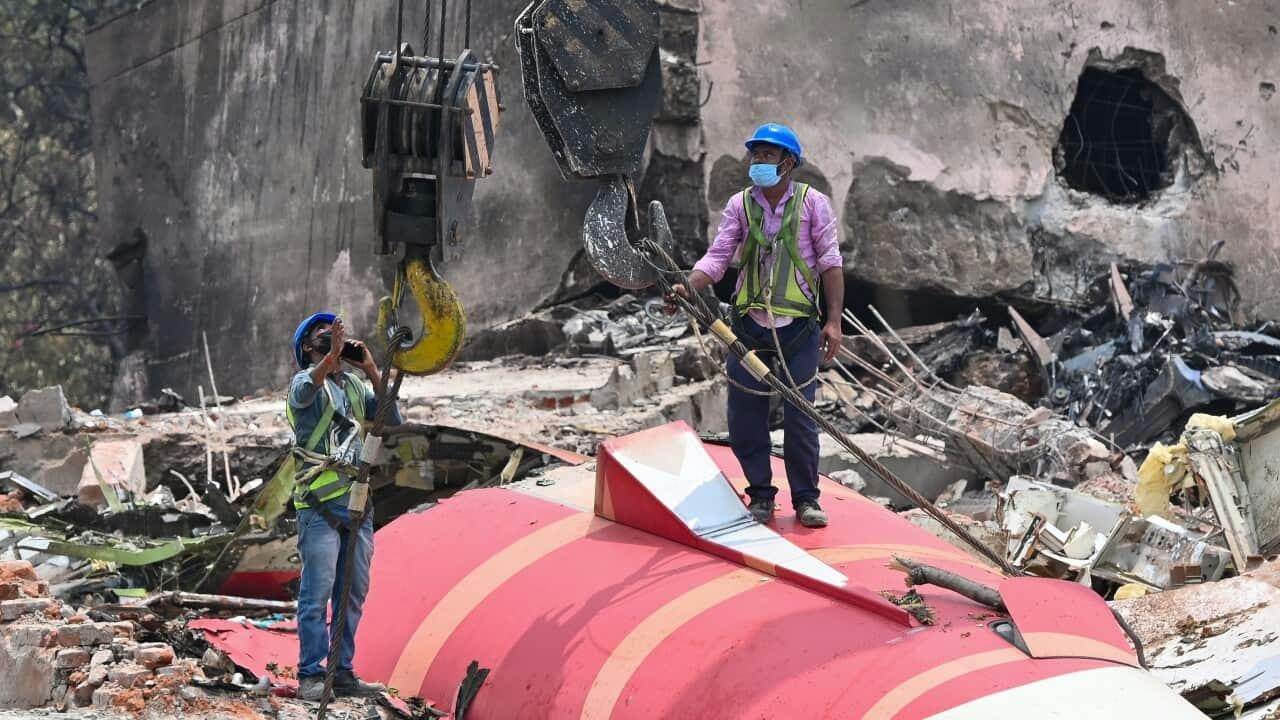
Preliminary Report Indicates Fuel Cut-Off Before Air India Crash
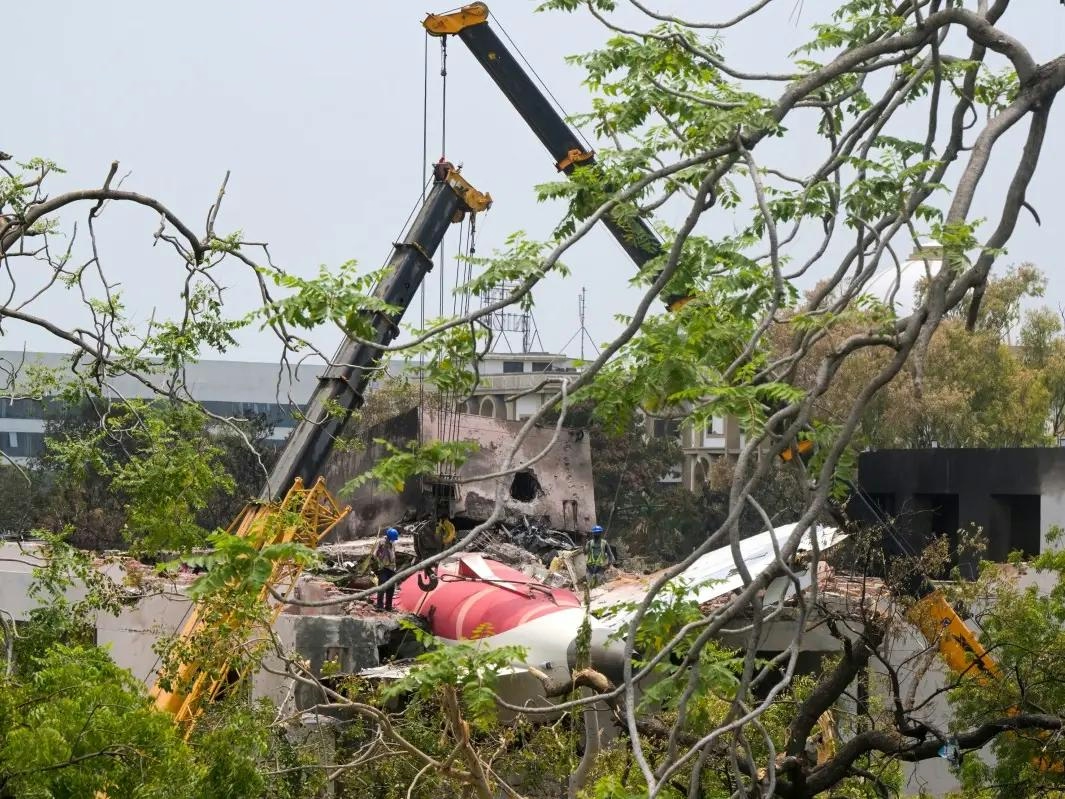
Aviation Expert Ehsan Khalid Confirms Both Engines Lost Power in AAIB Preliminary Report
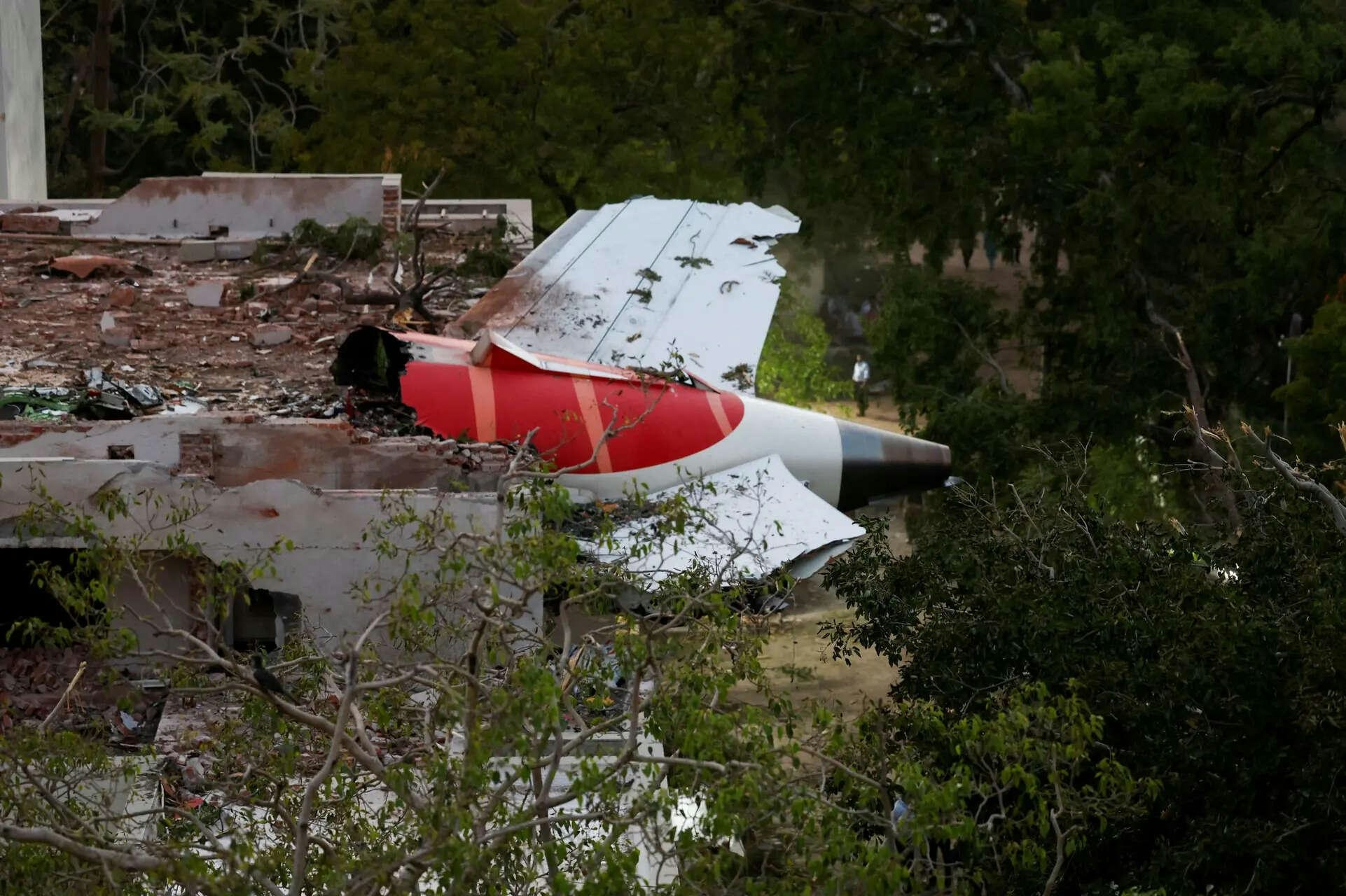
Aviation Expert Reviews AAIB Preliminary Report on Air India Flight AI-171 Crash, Challenges Pilot Error
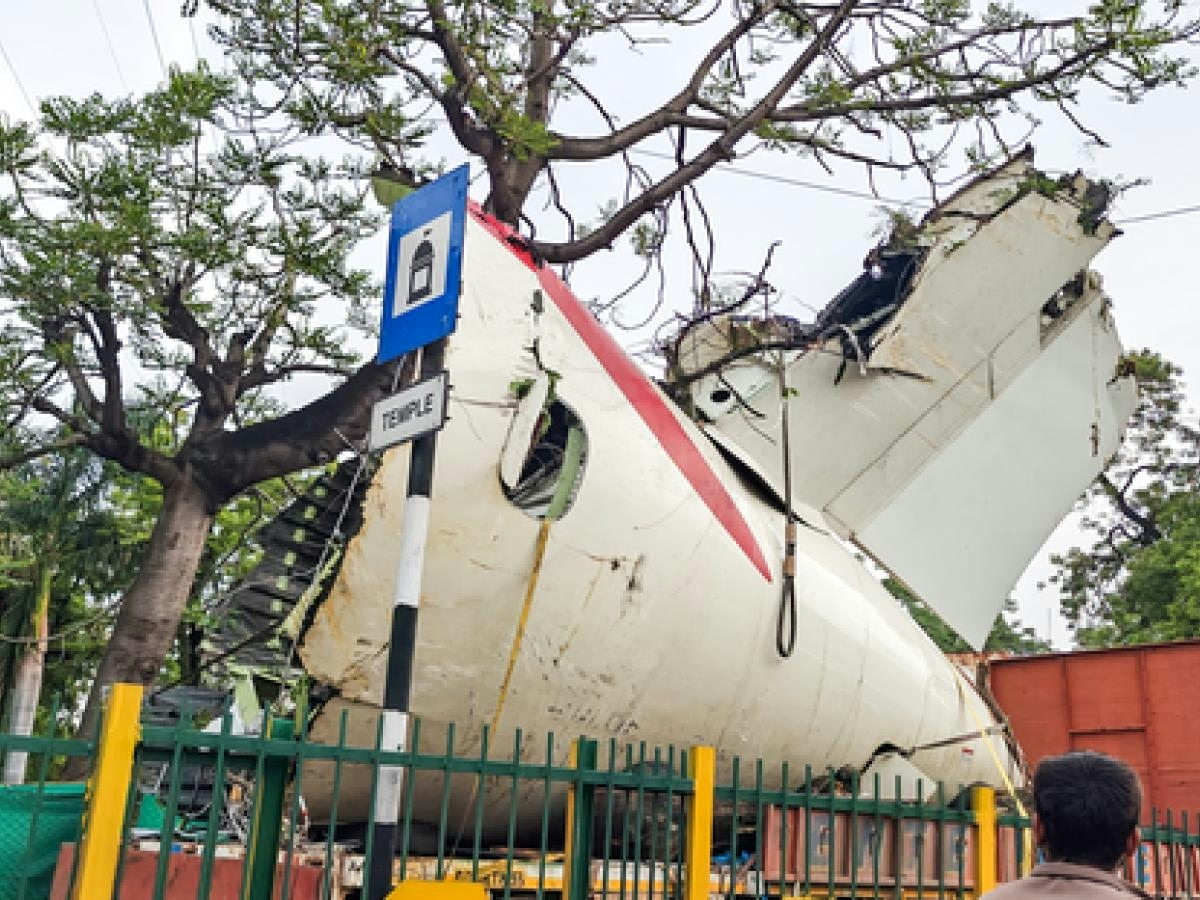
MoS Civil Aviation Urges Caution Following Air India Crash Preliminary Report

UP Extends MRO Investment Deadline, Eyes Aircraft Repair Hub Status
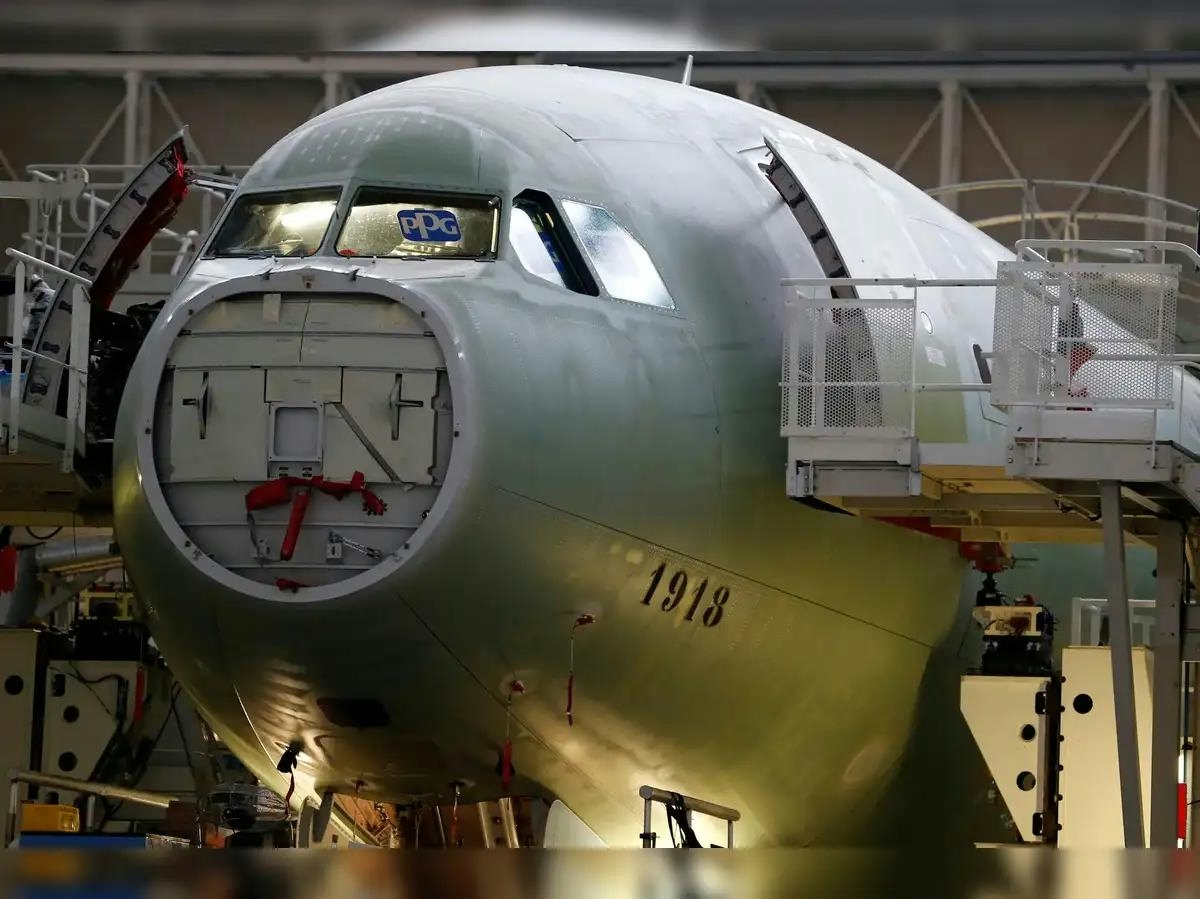
Delta Air Lines Avoids Tariffs by Repurposing Airbus Engines
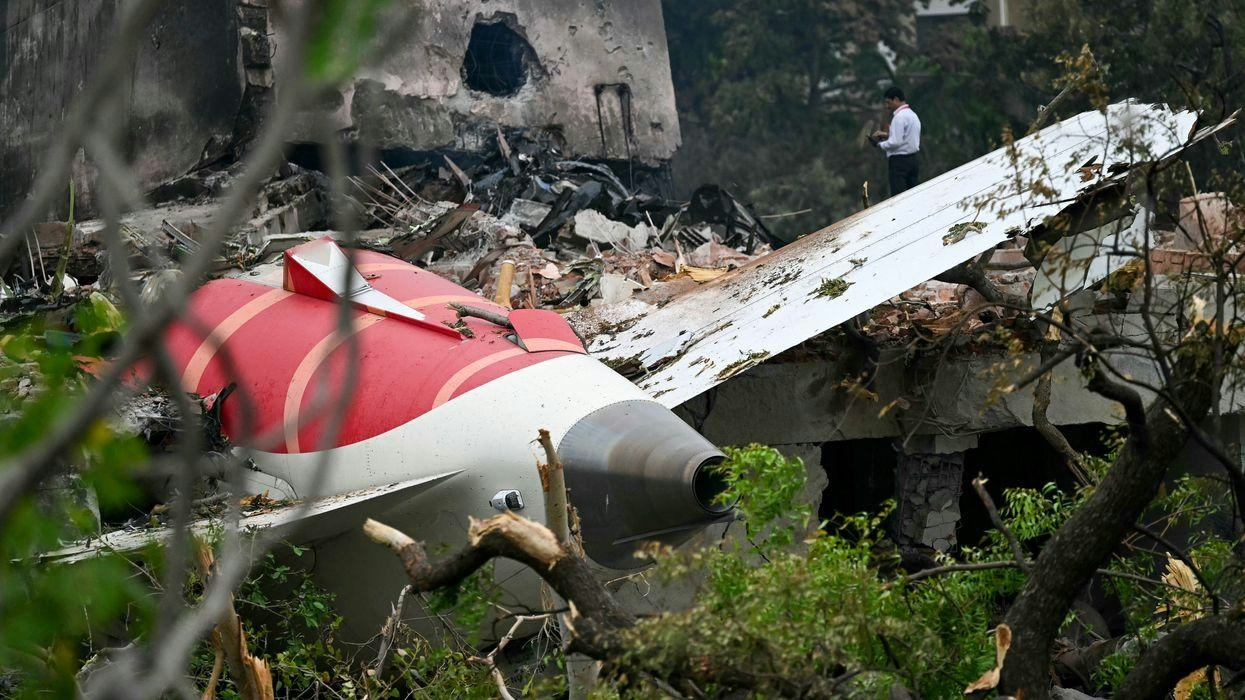
Fuel Switches in ‘Run’ Position Found in Aftermath of AI 171 Crash
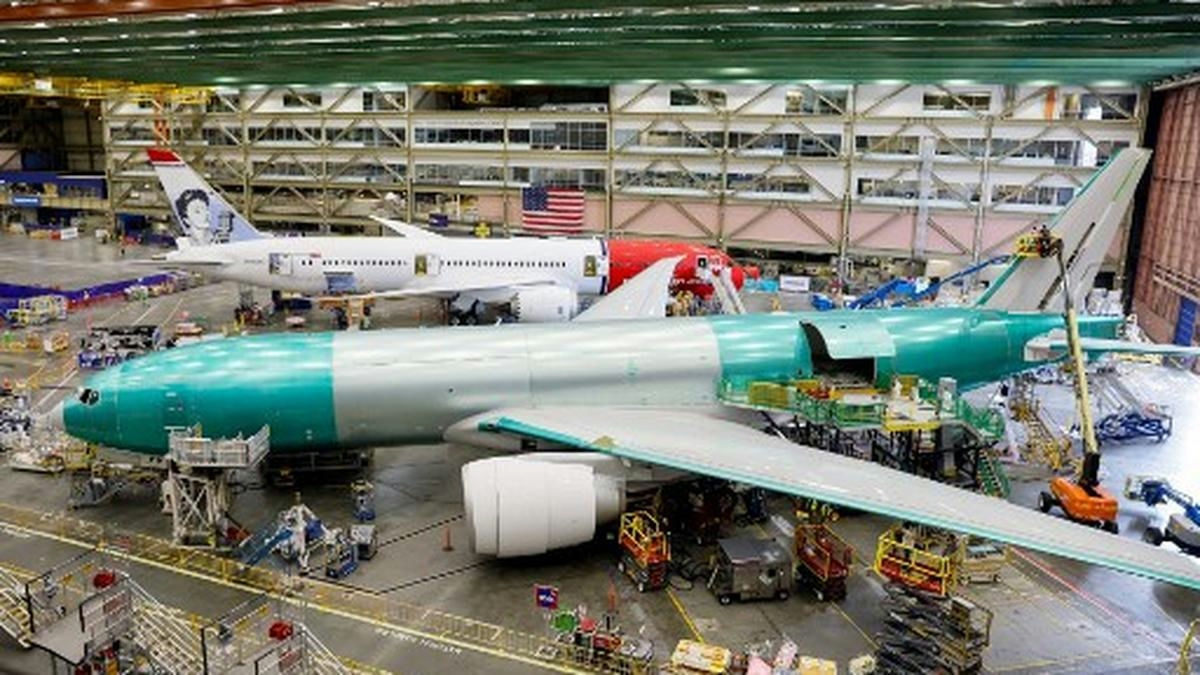
GIFT City Opens $5 Billion Leasing Market for Indian Aviation Sector

AAIB to Review Additional Evidence in Air India AI171 Crash; No Immediate Boeing 787 Safety Directives
